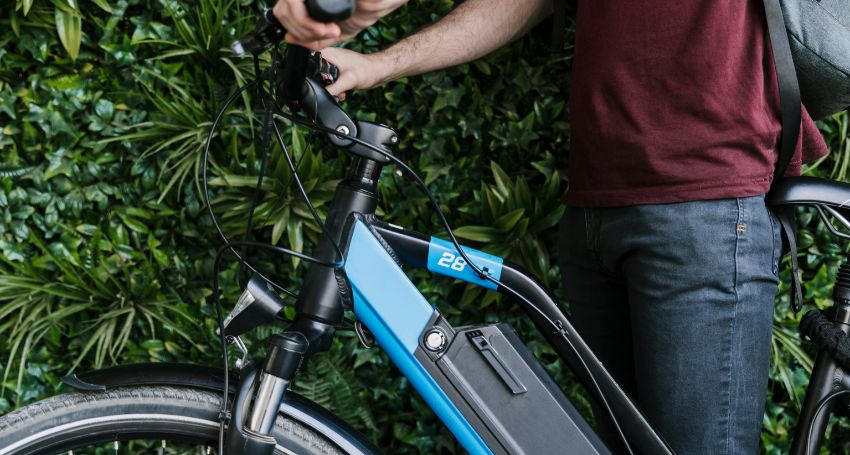
The rise of electric vehicles (EVs) is changing the automotive landscape, bringing electric motors to the forefront as the primary force behind motion. Whether you’re curious about the engine behind an electric car or considering choosing a motor for a new project, understanding how motors work in EVs is essential. In this article, we’ll break down the types of electric motors, their performance, and what makes one motor better suited than another. If you’re passionate about electric innovation or want to make an informed decision, this guide is worth reading.
What Is an Electric Motor in EVs?
An electric motor is the heart of an electric vehicle. It converts electrical energy into mechanical energy to drive the vehicle’s wheels. Unlike a traditional internal combustion engine, an electric motor provides immediate torque, resulting in quicker acceleration.
Key components:
- Rotor and stator interaction generate a magnetic field.
- The shaft attached to the rotor spins, moving the wheels.
- The controller manages voltage and power distribution.
The efficiency and simplicity of the electric motor make EVs more reliable compared to traditional cars.
How Does Torque Impact an Electric Vehicle’s Performance?
Torque measures the rotational force that a motor applies to the wheels. High torque at low speeds means fast acceleration, a signature trait of modern electric cars.
- More torque means quicker response at the pedals.
- Electric motors deliver maximum torque instantly, unlike an engine, which ramps up over time.
- Top brands like Tesla optimize their motor drive systems for maximum torque and performance.
In short, when you want a thrilling ride with instant power, torque is the game-changer.
Differences Between AC and DC Motors
The two primary types of motors for EVs are AC and DC motors:
- AC motors operate using alternating current.
- DC motors run using direct current from the battery pack.
Each type of motor has its own strengths:
- DC motors offer simple control but suffer from brush wear.
- AC motors are more robust, better for high performance, and have a better lifespan.
For many electric vehicles, AC motors offer the right balance of power, durability, reliability, and performance.
Why Are AC Motors Popular in EVs?
AC motors have become the standard for modern EVs. Why?
- They support high-speed operations with good efficiency.
- They handle regenerative braking during deceleration, returning energy to the battery.
- Their construction eliminates brush maintenance, increasing lifespan.
Additionally, induction motors and permanent magnet synchronous motors (common motor types in EVs) are both forms of AC motors.
How Do Hybrid Systems Use Motors?
Hybrid vehicles combine a motor and a traditional internal combustion engine.
- The motor assists during acceleration and low-speed driving.
- The engine takes over at higher speeds to save battery.
- In some designs, like the Toyota Prius, the motor and engine work together seamlessly.
Hybrid systems offer a cost-effective bridge between fully gasoline-powered and fully electric cars.
Factors Affecting a Motor’s Lifespan
Several factors determine how long an electric motor lasts:
- Brush wear in brushed motors can reduce lifespan.
- Proper cooling and thermal management protect against overheating.
- Material quality, such as the use of rare-earth magnets, improves longevity.
Choosing a brushless motor can dramatically extend a motor’s lifespan because it eliminates parts that wear out over time.
Importance of Brushless Technology in EV Motors
Brushless motors dominate EV applications today for good reason:
- No brush means lower maintenance and higher reliability.
- More efficient due to fewer mechanical losses.
- Capable of constant speed and high-speed operations.
Brushless motors (like BLDC motors) have become the gold standard in designing high-performance ev motors.
Role Of Battery Power Play in Motor Performance
The battery pack supplies the energy needed for the motor to function.
- Larger battery capacity means longer driving range.
- Voltage levels affect torque output and acceleration.
- The power system of the vehicle must balance power requirements efficiently.
A well-matched battery and motor drive ensure the best balance between range, performance, and cost-effective operation.
What to Consider When Choosing a Motor for an EV?
When choosing the right electric motor for an EV, keep these points in mind:
- Torque and rpm for desired performance.
- Voltage compatibility with the battery pack.
- Whether brushless or brushed, motors fit your budget and needs.
- Durability under high speed and lower speeds.
- Reliability and performance requirements for your vehicle type.
- Motor applications like traction, regenerative braking, and stationary uses.
Whether you’re buying a new motor for a Tesla-like custom build or looking at standard EV motors, the above factors will guide your decision.
Final Thoughts
The world of motors for electric vehicles is broad, fascinating, and full of innovation. From brushless designs to advanced power electronics, picking the right motor is crucial for EV success. Choosing between AC motors, DC motors, induction motors, and permanent magnet types depends on your priorities — whether it’s high speed, durability, or low cost.
By understanding torque, voltage, magnetic fields, and battery integration, you can make the smartest decision for your electric car or hybrid project.



